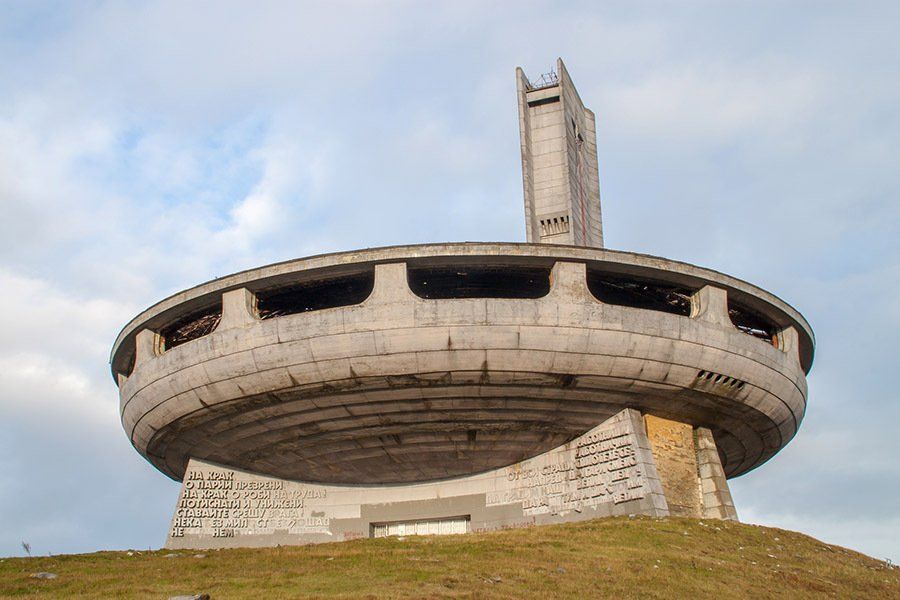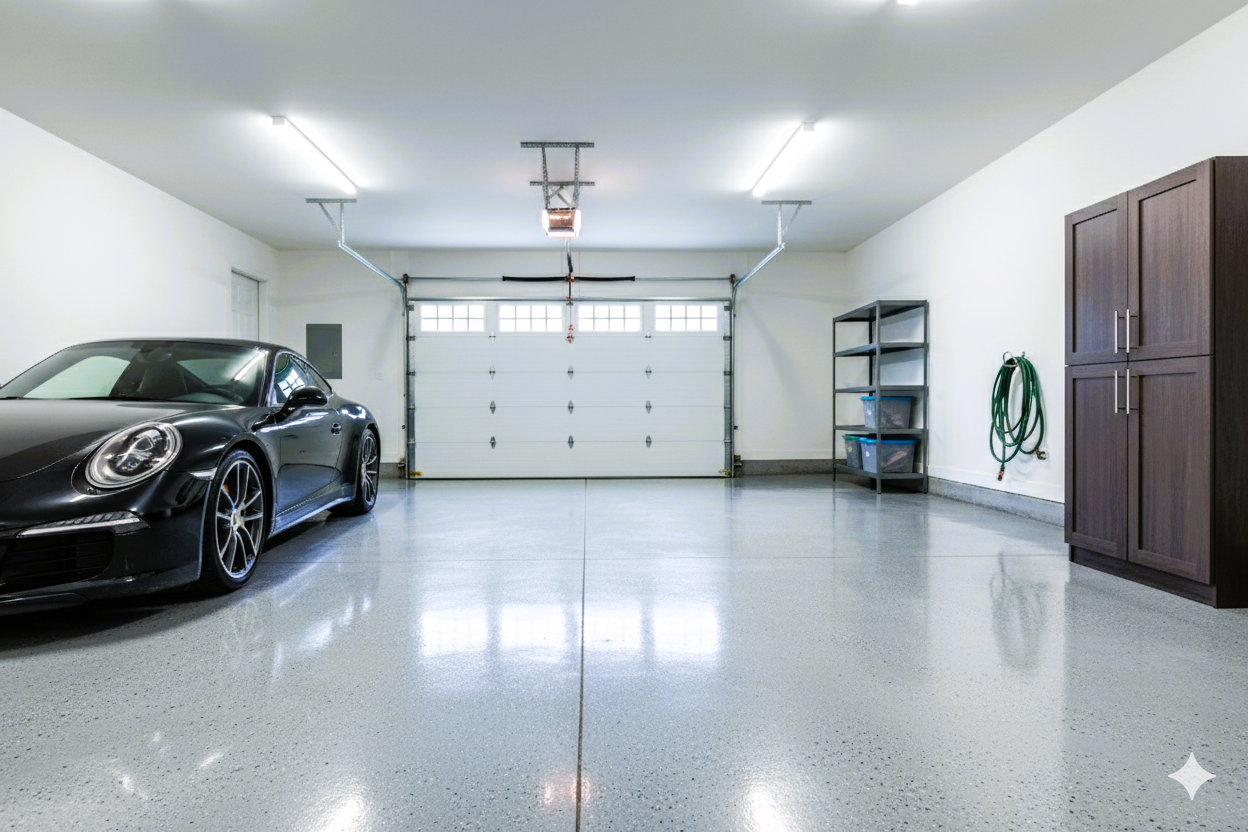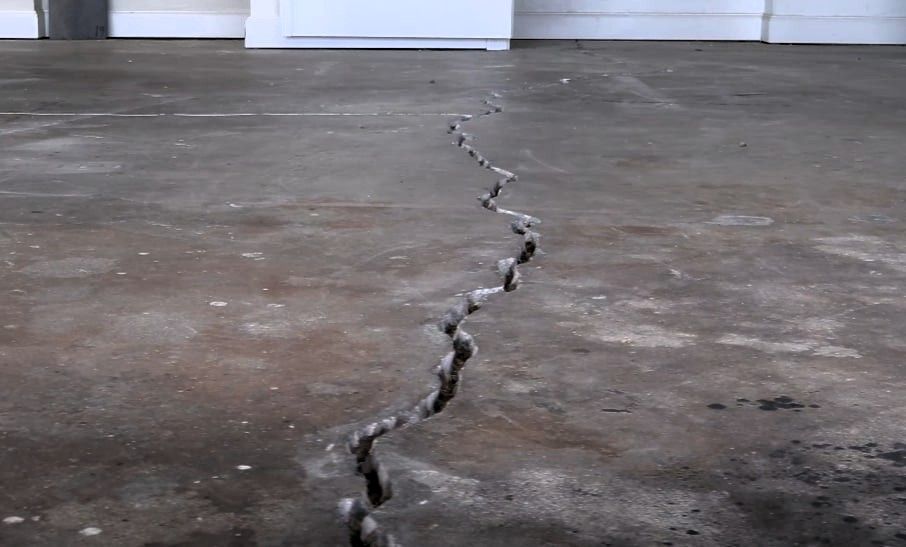A Brief History of Concrete
March 23, 2021
The history of concrete is a vital part of the history of civilization

Concrete is arguably the most important material created for construction. Its simplicity, versatility, and strength have made it essential for the construction of roads and buildings for thousands of years. From the Great Pyramids of Egypt to the invention of Portland concrete to the decorative concrete you see in modern buildings and homes today, the history of concrete is a vital part of the history of civilization.
What follows is a brief history of concrete that highlights its uses and advances over the centuries. This will provide some insight into the importance of the material and why it is still in widespread use today.
Great Pyramids
The first great civilization left behind many structures which used a primitive form of concrete, most notably the Great Pyramids on the Giza plateau. A mixture of mud and straw was used to create the bricks which were sealed together using a combination of lime and gypsum for the mortar. So, while the Egyptians did develop the basic form of concrete, it was the Romans that really came up with the modern usage of the material.
Colosseum
The Colosseum and Pantheon in Rome are just two of the many structures that the Romans built using concrete. What made Roman concrete so strong and durable that many of the buildings and roads created are still around today is the use of admixtures. These are materials such as animal products and volcanic ash that was mixed with the concrete to remove air pockets. The result was a harder, more resilient concrete that resisted staining, cracking, and breaking apart over the centuries.
Portland Concrete
The next great advancement took place in 1824 when Joseph Aspdin of England invented Portland cement, which today is used to create Portland concrete. The cement he created was a paste that coated the sand and aggregates that make up concrete to bind them together. The result is a very strong concrete that is used around the world today.
Ready Mix
By the turn of the 20th century, concrete gained considerably in popularity especially in America. The first concrete streets and buildings were constructed using the material. But the real advancement was the creation of ready-mix concrete in Baltimore in 1913. Concrete was mixed at a central plant and the delivered by truck to the construction site revolutionized the use of this product.
Concrete Creations Today
Colored concrete was created in 1915 by the L.M. Scofield company, which today is more popular than ever. By the 1950s, decorative concrete was developed
to provide added texture and beauty. Further advancements include the use of fibers in concrete by the 1970s to add strength and durability. By the late 20th century, the creation of concrete countertops, engravings, and polished concrete helped to revolutionize the industry once again thank to the new applications it provided.
Portland concrete is still widely used despite being nearly two centuries old. And decorative concrete has become quite popular thanks to its customizable qualities. Concrete is still the wonder material for construction that will be in wide use for the foreseeable future.
Give us a call today
to get a quote for your next project and learn just what this "wonder material" can do for you!





